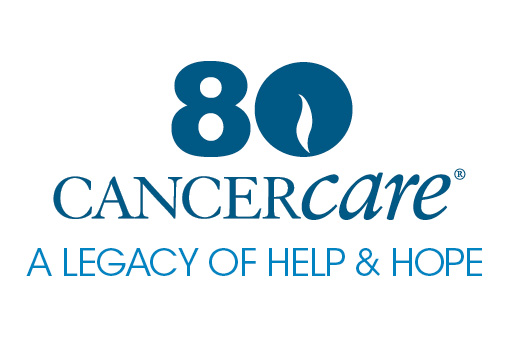Telemedicine, sometimes also called telehealth, refers to the remote delivery of health care services. Through video-conferencing technology, you can communicate with your provider from the comfort of your own home. This reduces unnecessary risk of exposure to the coronavirus, both for yourself and others.
Is Telemedicine Right for Me?
Telemedicine appointments can save time, offer more flexible scheduling and make you feel more connected with your treating health care team during the pandemic. Information gathered during these appointments will still be added to your chart, just as with an in-person visit. You should check with your doctor’s office and your insurance company to confirm that telemedicine visits are eligible for coverage.
Telemedicine is not suitable for all types of visits, such as those that require a physical exam, lab work or medical emergencies. Your treating health care team will be the best guide in determining whether a telemedicine appointment is right for you. In case of a medical emergency, dial 911.
Preparing for a Telemedicine Appointment
First, find a quiet, well-lit, private space. Your provider will let you know what software platform is needed for the video call. Members of your doctor’s staff may also be able to help with setup and other requirements; when scheduling a telemedicine appointment, ask what assistance is available. A caregiver, friend or family member who is comfortable with technology might also be able to help.
Telemedicine appointments require an Internet or data connection through a computer, tablet or smartphone with a front-facing camera. You should ensure that you—and your caregiver, if you wish to have them present—can clearly be seen by your provider.
Try not to be too close to the camera; your head and shoulders should be visible, similar to a driver’s license or passport photo. If possible, find a stand, tripod or other stable surface rather than holding your device in your hand. This will give you optimal mobility if you need to stand, consult any documents or show your doctor something during the call.
Test your setup before the appointment so you can make adjustments ahead of time.
Are you connected to the Internet?
Is the light in your room bright enough? A light in front of you can often make a big difference.
Is your microphone working? Can you also hear sound from your device?
Is your video camera working? Can you also see the video from your device?
Have you downloaded the required program and is it working properly?
Do you need to register for the platform and/or do you have the necessary login information?
Ask your doctor or their staff if there is a back-up program in case the preferred platform doesn’t work on the day of your appointment; a regular telephone call may also be available as a last option. Being prepared for technical difficulties and having alternatives will help lessen any anxiety and stress in the moment if things aren’t working as intended.
If you are seeing a new provider for the first time, there may be forms to complete in advance, sent by your providers’ office electronically or through the mail. It is useful to have your medical information close at hand, including date of diagnosis or diagnoses, treatment plan(s), surgical procedure(s), details about other health conditions and family history pertinent to your current health problem. Your insurance information may also be required. Have a list of your prescriptions plus any over-the-counter products or supplements that you are taking. When scheduling your appointment, ask if there is any specific information, such as your temperature or blood pressure, that you will need to have for the call.
Finally, prepare questions for your provider ahead of time. For suggestions, read our fact sheet “Questions to Ask Your Health Care Team About the Coronavirus.”
Telemedicine Privacy Concerns
Health care providers are required to keep certain information private and secure, whether these are physical files kept in their office or digital information shared over the Internet and stored electronically. Because of these requirements, your doctor may be limited to different video conference programs than those you might use to chat with family or friends. Contact your treating health care team with any questions about the security of your information.
Connecting With CancerCare
In addition to our in-person services, CancerCare has served clients across the country over the telephone and online for many years. These methods of connecting with people affected by cancer have proved especially important during the pandemic, and we will continue to serve you how and when you need it most.
Please call our toll-free Hopeline at 800-813-HOPE (4673) to learn more about the ways we can offer support.
Edited by Stewart B. Fleishman, MD, and Lauren Chatalian, MSW, LMSW
